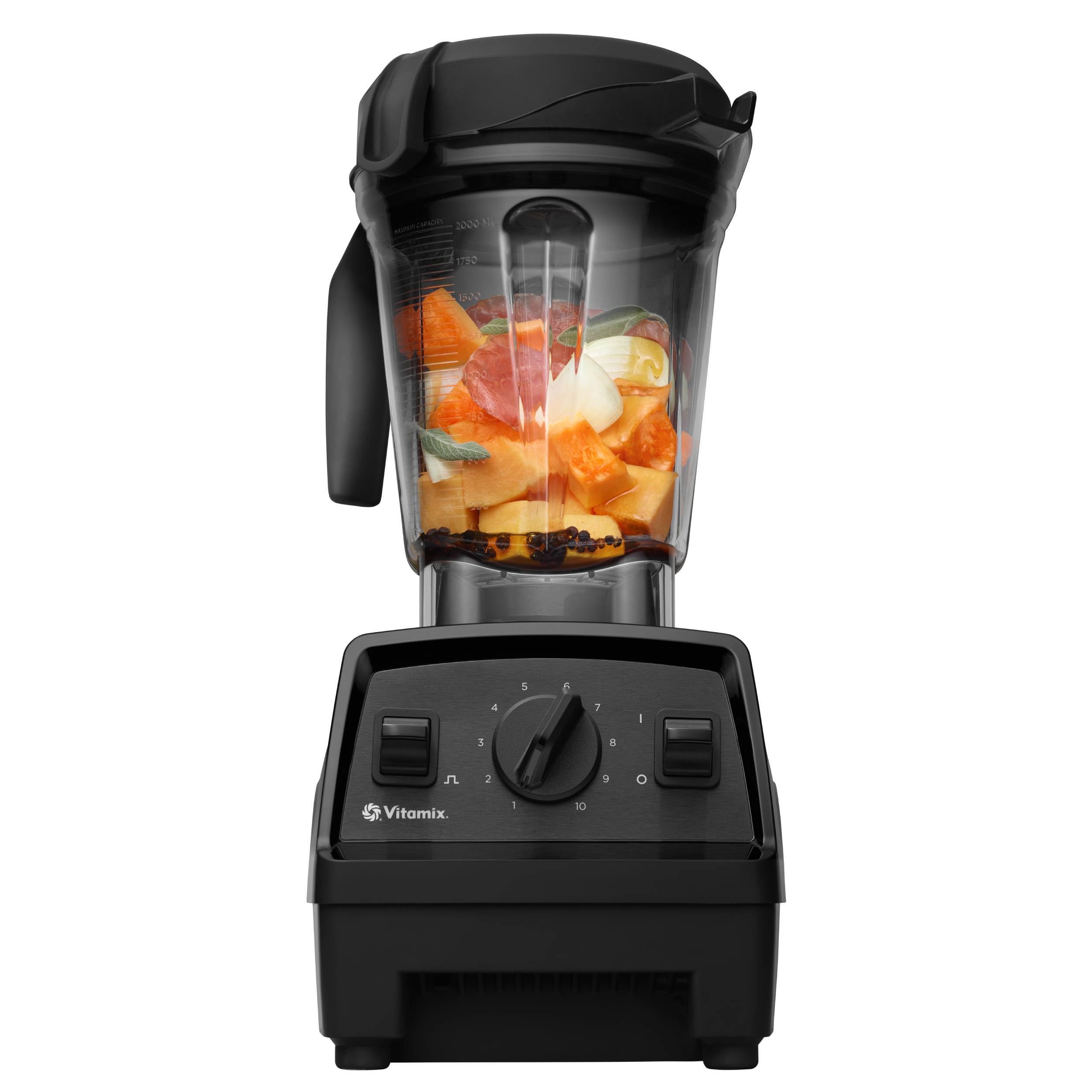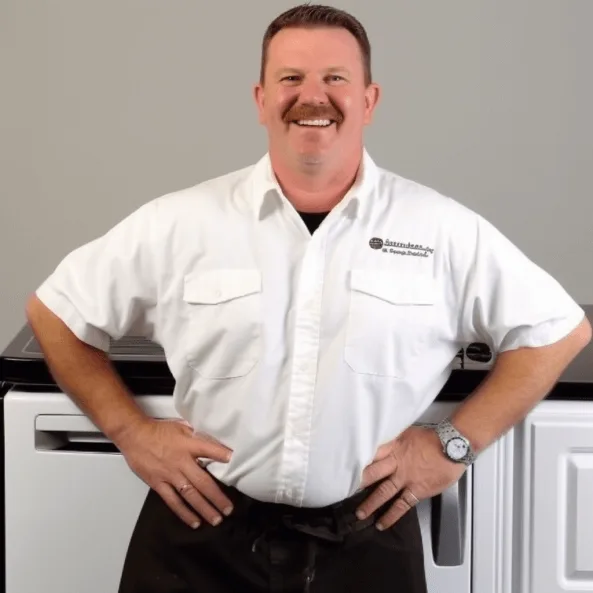Have you ever tried to cook a meal only to find one of your stove burners isn’t working properly? It’s frustrating when you’re in the middle of preparing dinner and suddenly realize one burner won’t heat up or is uneven. You’re not alone in facing this common kitchen hiccup.
Key Takeaways
- Identify Common Stove Burner Issues: Recognize frequent stove burner problems such as clogged burner ports, electrical issues, and improper flame adjustments to troubleshoot effectively.
- Recognize Signs of Malfunction: Be aware of warning signs like inconsistent flames, no heat or low heat, and strange noises, indicating that the stove burner isn’t functioning properly.
- Follow Troubleshooting Steps: Start by checking the power supply, inspecting burner components, and cleaning the burner ports to address basic issues before seeking professional help.
- Know When to Call for Help: If you experience persistent issues or face complex repairs beyond basic troubleshooting, consider consulting a licensed technician to avoid safety hazards.
- Maintain Regular Cleaning: Regular maintenance, including cleaning burner ports and inspecting components, can prevent buildup and prolong the life of your stove burner.
Common Causes of Stove Burner Issues
Stove burner problems can stem from various sources. Identifying the cause helps restore proper function.
Clogged Burner Ports
Clogged burner ports often lead to uneven heating. Food debris, grease, or spills can obstruct gas flow. To resolve this issue, check the burner heads for blockages. Use a thin wire or a toothbrush to clean the ports. You can also soak the burner heads in warm soapy water for better results. Ensure you dry them thoroughly before reassembling.





Electrical Problems
Electrical problems can affect electric stove burners. Damaged cords or faulty connections cause inconsistent heating. If a burner won’t turn on, inspect the power cord and plug for any visible damage. If you suspect a faulty connection or switch, consider calling a professional to ensure safe repairs. Always remember to unplug the stove before inspecting electrical components.
Flame Adjustment
Improper flame adjustment can result in inefficient cooking. A yellow flame indicates poor combustion, while a blue flame shows optimal performance. You can adjust the flames by locating the air shutter near the burner tube. Loosening or tightening the air shutter regulates the air-to-gas ratio. Aim for a steady blue flame for best results. If unsure, consult your stove’s manual for specific instructions.
Signs Your Stove Burner Is Not Working Properly
Identifying issues with your stove burner can prevent cooking frustrations. Here are key signs to watch for:
Inconsistent Flame
An inconsistent flame manifests as irregular heights or colors. You might notice yellow or orange flames instead of blue ones, indicating incomplete combustion. Such fluctuations can stem from clogged burner ports or improper air-to-gas ratios. Clean the burner ports and adjust the air intake to achieve a stable flame.
No Heat or Low Heat
Experiencing no heat or low heat can significantly delay your cooking. If the burner fails to heat at all or heats only slightly despite being on high, the source might involve electrical problems or damaged components. Ensure the burner is correctly seated, and inspect wiring for any signs of wear. Replacing faulty elements typically restores function.





Strange Noises
Listening for strange noises coming from the burner can provide insight into potential issues. Hissing, clicking, or popping sounds often indicate a gas flow problem or an electrical short. Regularly check for gas leaks and ensure connections are secure. If noises persist, consult a technician for further evaluation.
Troubleshooting Steps
Follow these steps to identify and fix issues with a stove burner that’s not working properly.
Checking Power Supply
Ensure the stove is plugged in. Verify that the outlet is functional by testing it with another device. Inspect circuit breakers; if a breaker has tripped, reset it. If you use an electric stove, check for blown fuses and replace them as needed.
Inspecting Burner Components
Examine the burner itself for damage. Ensure it’s seated correctly and not loose. Look for signs of wear on the electrical connections, such as frayed wires or burn marks. Inspect the control knob to confirm it’s not damaged. For gas stoves, check the gas supply line to ensure it’s open and free from obstructions.
Cleaning the Burner
Clear any debris from the burner ports using a soft brush or a toothpick. Remove the burner cap and soak it in warm, soapy water if it’s particularly dirty. Rinse and dry thoroughly before reassembling. For gas burners, ensure the air shutter isn’t blocked; it can affect flame quality. Regular cleaning prevents buildup, which can lead to future problems.





When to Call a Professional
Knowing when to reach out for professional help can prevent further issues with your stove burner. If you’ve tried basic troubleshooting and the problem persists, it’s time to consult an expert.
Persistent Issues
If your burner continues to malfunction despite cleaning and adjusting settings, this indicates a deeper problem. Symptoms such as uneven heating, frequent clicking sounds, or a constantly flickering flame suggest a need for professional assessment. Persistent issues often stem from deeper electrical or gas flow problems that require specialized tools and knowledge. For example, inconsistencies in flame height, even after thorough cleaning, can mean the gas line is compromised.
Complex Repairs
Complex repairs often involve replacing components or systems that are beyond basic fixes. For instance, if your electric stove burner isn’t working despite power checks, it could be a faulty heating element or wiring issue. Likewise, for gas stoves, issues like damaged valves or gas leaks pose safety risks and necessitate professional intervention. Always contact a licensed technician when dealing with these circumstances. They possess the expertise and equipment necessary for safe and effective repairs.
Conclusion
Dealing with a stove burner that isn’t working properly can be a real hassle. By understanding the common causes and recognizing the signs of trouble you can tackle these issues head-on. Regular maintenance and cleaning can go a long way in preventing future problems and keeping your cooking experience smooth.
If you find yourself facing persistent issues despite your best efforts don’t hesitate to reach out to a professional. They can provide the expertise needed to ensure your stove is safe and functioning well. Remember a little attention today can save you from bigger headaches tomorrow. Happy cooking!
Frequently Asked Questions
What causes stove burners to malfunction?
Stove burners can malfunction due to various reasons, including clogged burner ports from food debris, electrical issues like damaged cords or connections, and improper flame adjustments. Identifying the source of the problem is crucial to restoring proper function.
How can I tell if my stove burner is not working properly?
Signs of a malfunctioning stove burner include an inconsistent flame, no heat or low heat, and strange noises like hissing or clicking. These indicators suggest issues with gas flow, electrical connections, or air-to-gas ratios.
What are some troubleshooting steps for stove burner issues?
Start by checking the power supply, ensuring the stove is plugged in, and testing the outlet. Inspect burner components for damage, check gas supply lines, and clean burner ports to remove debris. Regular maintenance can help prevent future issues.
When should I call a professional for stove burner problems?
You should contact a professional if basic troubleshooting fails or if you notice persistent issues such as uneven heating or strange noises. Complex problems like gas leaks or faulty heating elements require expert attention for safety and effective repair.
How can I clean stove burners to prevent problems?
To clean stove burners, remove debris from the burner ports and soak dirty burner caps in warm, soapy water. Regularly cleaning your stove burners will help ensure optimal performance and prevent future malfunctions.

Hey, I’m Jake. I focus on cooling systems at Appliance Mastery, like fridges, freezers, and air conditioners.
I’ve worked in appliance repair for more than ten years and I’m certified through NASTeC. I’ve seen just about every fridge issue you can imagine.
My goal is to help you fix problems without stress. Whether it’s a freezer that won’t cool or an AC that keeps beeping, I’m here to walk you through it.
